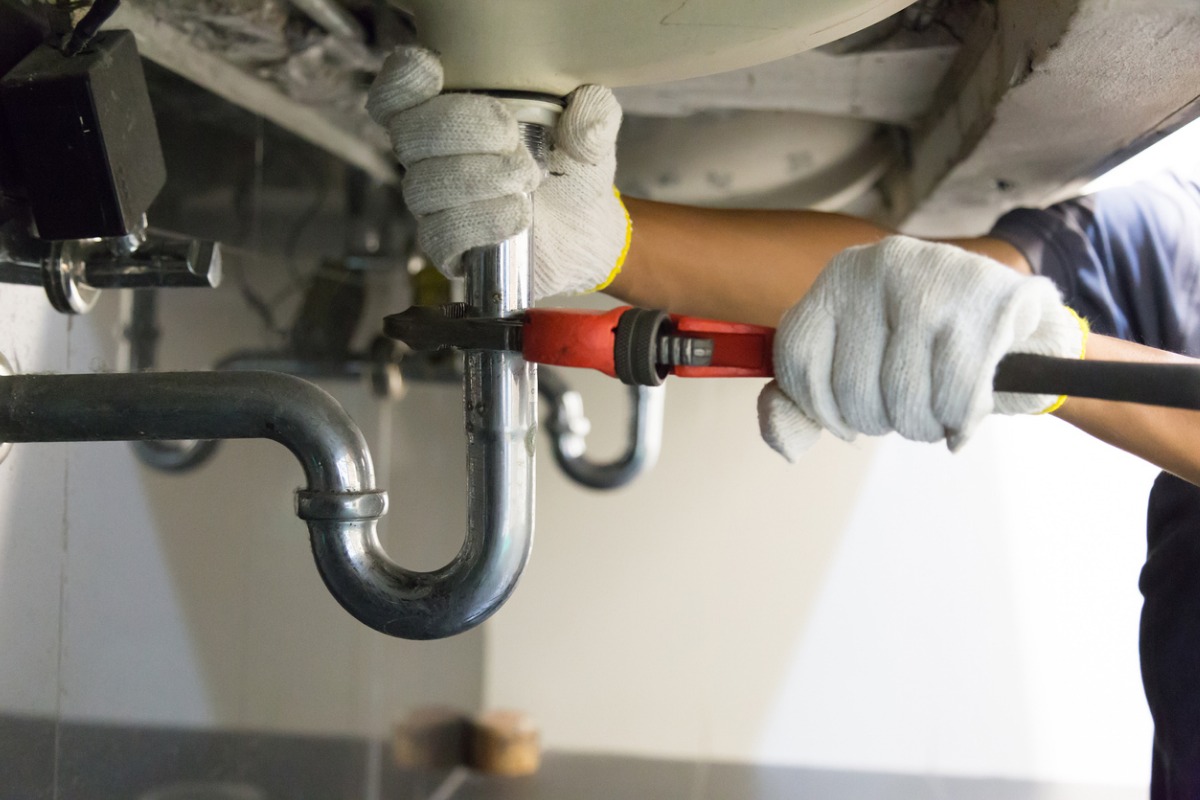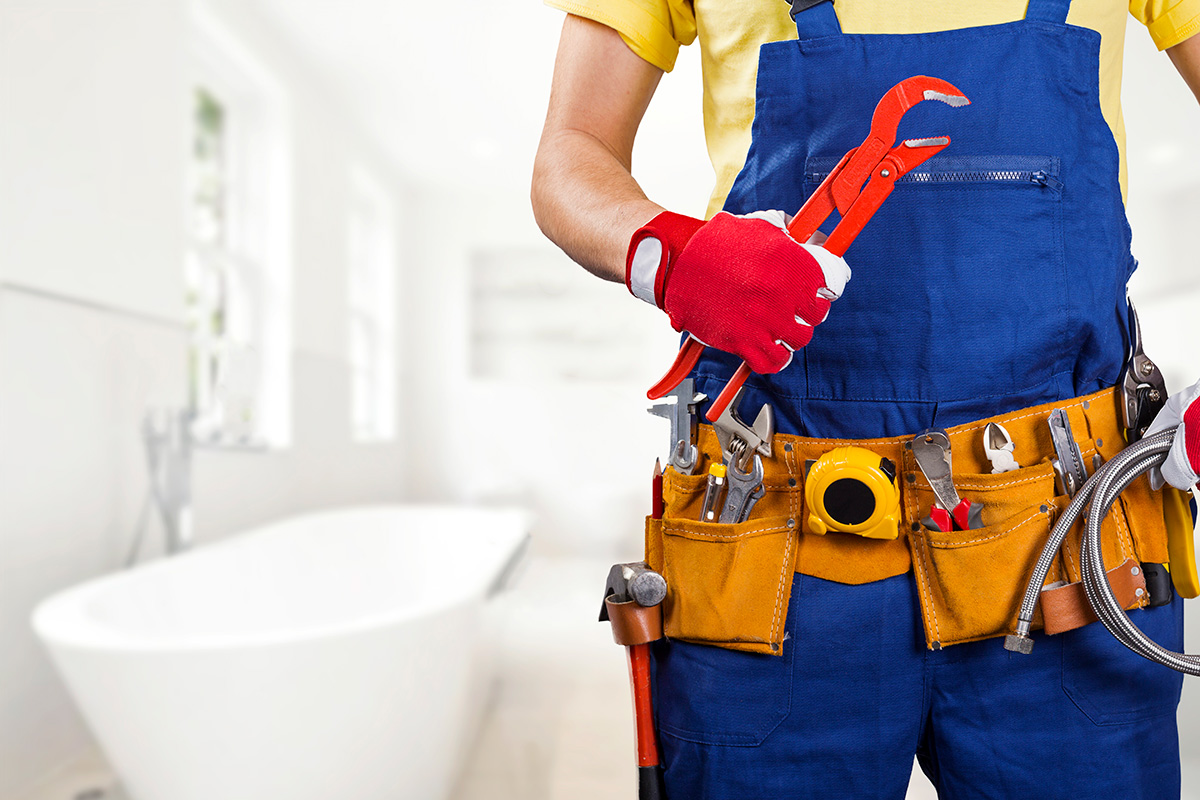Economical Plumbing Services Alabaster AL for every single Budget plan
Economical Plumbing Services Alabaster AL for every single Budget plan
Blog Article
A Detailed Guide to Effective Water Heating System Installment for Optimal Performance
Beginning on the job of installing a water heating system is a venture that demands accuracy and an organized method for attaining optimal performance. As you continue, the intricacies of linking water supply lines and establishing up dependable electrical or gas links wait for, promising insights into ensuring effectiveness and integrity.
Picking the Right Hot Water Heater

Next, take into consideration the dimension and capability of the water heating unit. It's important to evaluate your home's warm water requirements, which can vary based upon the number of owners and their use patterns. An unit that's too little may cause not enough warm water, while an extra-large version might result in unneeded power consumption.
Efficiency ratings also play a critical function in choice. Look for water heating units with high Energy Aspect (EF) scores, suggesting remarkable efficiency and minimized energy usage. Tankless designs, though typically much more costly upfront, offer substantial power financial savings with time as a result of their on-demand home heating abilities.
Preparing the Installation Area
Before setting up a brand-new water heater, thorough prep work of the installation location is crucial. It's vital to measure the area meticulously to suit the water heating unit's dimensions, making certain ample clearance around the unit for effective procedure and maintenance.
Following, eliminate any kind of debris, dust, or blockages from the website to produce a tidy environment. Examine the flooring for stability, as the water heating system will certainly require a strong, level surface area to operate effectively. If essential, install a drip frying pan below the unit to capture potential leaks or spills, protecting against water damages to the surrounding location. In areas susceptible to seismic task, take into consideration setting up seismic bands to safeguard the heating system securely in position.
Furthermore, guarantee that all necessary devices and products get on hand before beginning the installation. This includes products such as wrenches, screwdrivers, a level, and any kind of additional equipment required for safeguarding the heater and placing. A well-prepared setup area sets the structure for a successful water heating unit setup, optimizing efficiency and security.
Connecting Water System Lines
When connecting supply of water lines to your recently installed water heating unit, it is vital to ensure that all links are secure and leak-free to keep reliable operation and avoid water damages. Begin by identifying the cool and warm supply of water lines. The cool water inlet is commonly noted with a blue label or a "C", while the hot water electrical outlet is noted with a red tag or an "H".
Usage flexible hot water heater connectors to help with a less complicated installation procedure. These adapters can absorb vibration and permit minor activity, decreasing the danger of leakages. Prior to affixing the adapters, put a plumbing's tape around the threaded ends of the water heater's inlet and outlet pipelines - Drain Cleaning Alabaster AL. This tape works as a sealant, stopping leaks. Thoroughly connect the versatile hose pipes to the respective inlet and electrical outlet, making certain that they are not over-tightened yet tight, which could damage the threads.
When links are in area, slowly turn on the main supply of water valve. Evaluate each link for leaks by aesthetically checking and feeling for dampness. Tighten links as needed, and ensure the stress relief shutoff is correctly installed, guarding against excessive pressure accumulation.
Establishing Up Electric or Gas Connections
Properly establishing up the electric or gas connections for your water heater is an important step to make sure reliable and secure procedure. For electric water heaters, begin by confirming that the electric circuit is suitable with the heating system's voltage and amperage needs.
For gas water heaters, safety is vital. Link the gas line to the water a knockout post heater using a flexible gas port, ensuring it is properly threaded and sealed with pipe joint substance or Teflon tape suitable for gas links.
As soon as connections are made, evaluate for any type of potential leaks. For gas lines, use a soapy water service to the joints; bubbles show a leakage. For electric connections, confirm that all circuitry is safe and effectively insulated, preserving conformity with neighborhood electric codes.
Readjusting and evaluating for Effectiveness
With the electric and gas links securely in area, the next action is examining the operational effectiveness of your water heater. Begin by thoroughly turning on the water supply and ensuring there are no leakages at any of the shutoffs or joints.
Next, do a complete inspection to make sure the heating elements or gas burners are operating properly. For electrical heaters, use a multimeter to confirm if the components are attracting the appropriate current. In gas designs, observe the anonymous heater flame; it ought to be blue and stable, suggesting effective combustion.
Adjust the setups as required to get rid of ineffectiveness. Take into consideration implementing insulation measures, such as adding a water heating system blanket, to further boost efficiency by decreasing heat loss. Additionally, inspect the anode rod's condition, as a scrubby pole can decrease performance and cause storage tank deterioration.
Conclusion
Effective water heating unit setup is important for making sure optimum performance and energy cost savings. By selecting the ideal type and size, and carefully preparing the installment area, a structure for success is developed. Securely attaching water lines and meticulously establishing electrical or gas connections reduce prospective issues. Thorough testing for leakages and exact thermostat changes to 120 ° F improve dependability and efficiency. Sticking to these steps advertises lasting capability and power conservation in household water heater.

Correctly establishing up the electric or gas connections for your water heating system is a critical step to ensure effective and secure operation. For electric water heating units, start by confirming that the electrical circuit is suitable with the heater's voltage and amperage needs. Attach the gas line to the water heating unit using a versatile gas adapter, ensuring it is properly threaded directory and secured with pipe joint substance or Teflon tape ideal for gas links.
Report this page